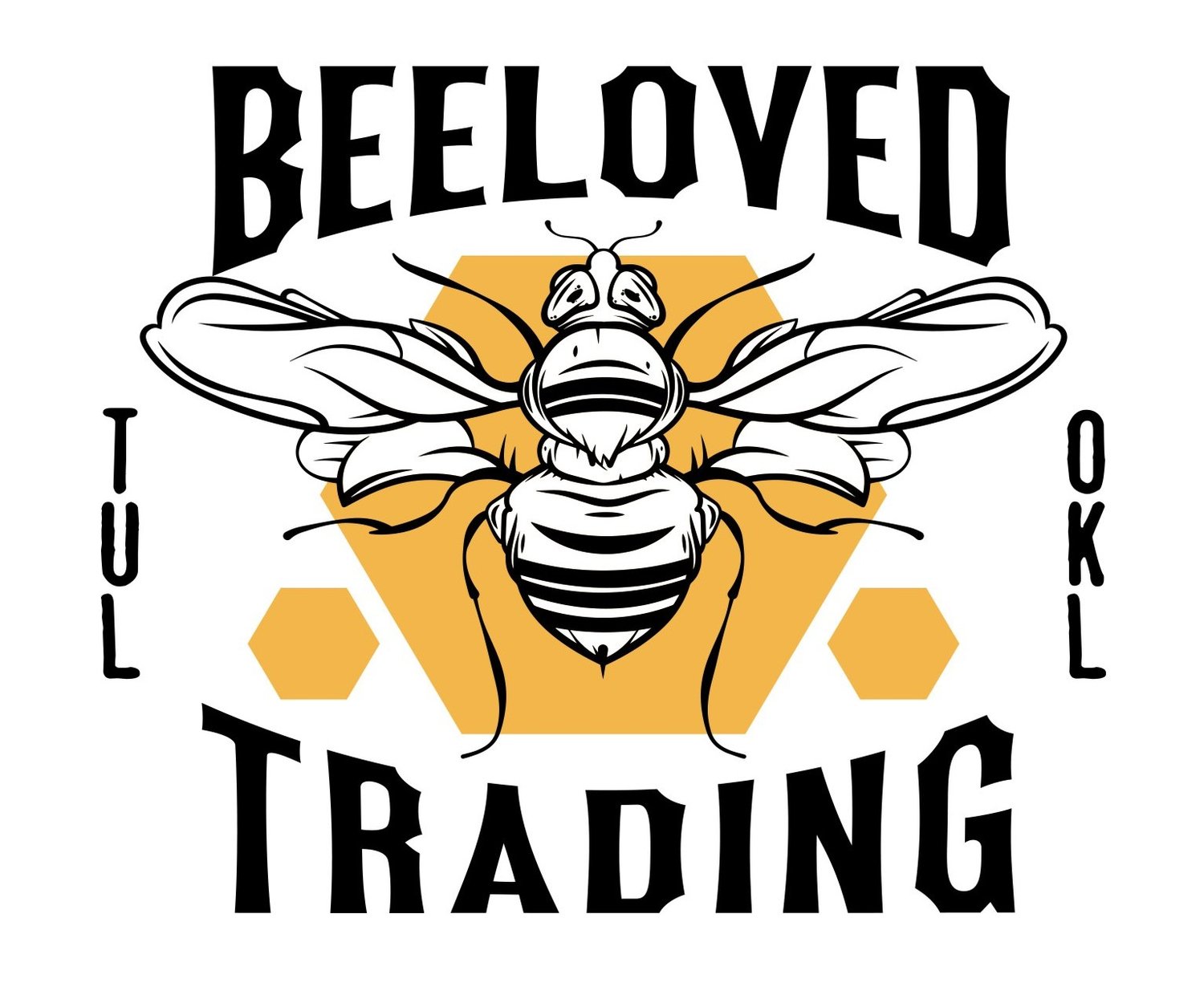Crystallized Honey
Is my crystallized honey bad?
No. Crystallized honey is edible and a sign of real honey!
Honey naturally crystallizes because of sugar, pollen, and temperature. Because of the low moisture content, low pH, and antimicrobial properties of honey, it has the potential to remain edible indefinitely. A 3,000-year-old jarred honey from the tomb of Tutankhamun was found and was still safe to eat!
When honeybees collect nectar from plants, they convert those complex plant sugars into simple sugars, such as glucose and fructose, using the enzyme glucose oxidase. This results in the conversion of nectar to honey, and the reason why honey is sweeter than nectar. This enzymatic reaction results in the release of hydrogen peroxide, a natural antimicrobial preservative. The ratio of glucose to fructose is why some kinds of honey crystallize and others don’t. Some nectars, like from clover, are more prone to crystallizing than others, like from blackberry flowers.
Pollen in honey is another factor that increases crystallization. Ultra-processed commercial honey will remove the pollen, resulting in a honey that doesn’t crystallize. However, ultra-processed honey has the potential to be fake honey. When your honey crystallizes, you know it is real raw honey.
Honey crystallizes naturally in the honeybee hive when the outside temperatures go below 50°F. If your cabinet is cold, your jarred honey may begin to crystallize. Warmer temperatures will bring the sugar crystals back into the honey solution. The best way to heat your honey is to put your jar into a bath of warm water. Using a microwave may heat the honey unevenly and create dangerously hot liquid honey. When using a warm water bath, be careful not to let any water get into your honey or else your honey will ferment.
Intentionally fermenting honey using specific strains of brewing yeast (Saccharomyces cerevisiae), has been done intentionally for over 20,000 years and results in honey wine. However, unintentional fermentation will result in a potentially stinky and mold mess, and your honey will definitely be bad.
Crystallized honey is an opportunity to try a new recipe. Honey can be substituted in recipes that call for granulated white sugar such as sauces, syrups, spreads, scrubs and more. Since honey is sweeter than sugar, be sure and use a conversion ratio in your recipe. Have fun experimenting with your crystallized honey!
Works Cited
Pearson G. What Do You Do with Crystallized Honey? Science, Wired. March 7, 2014.
3,000-year-old honey from the tomb of Tutankhomun. History of beekeeping, Live Beekeeping. April 16, 2024.
Alaerjani WMA, et al. Biochemical Reactions and Their Biological Contributions in Honey. Molecules. July 23, 2022.
Manian C. Most Honey in America Is Fake –Here's Why That Matters. Well+Good. May 26, 2023.
Origins of Mead: History Deep Dive. Batch Mead. May 1, 2024.
Using Honey in Baking. Saratoga Tea & Honey Company.
Crystallized Raw Honey is a Beautiful Thing. Hazen’s Farm. October 10, 2020.
